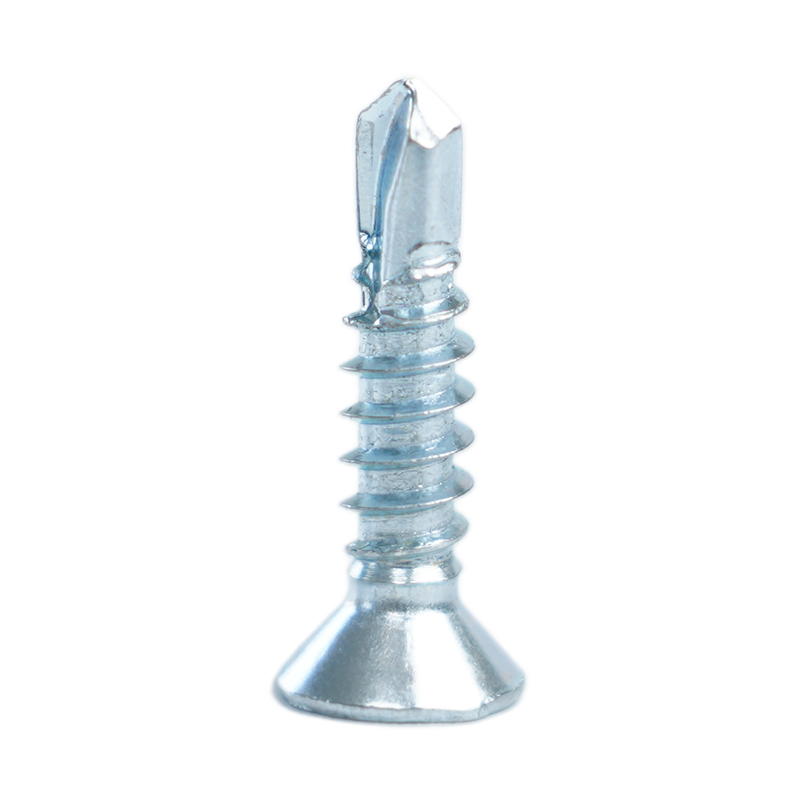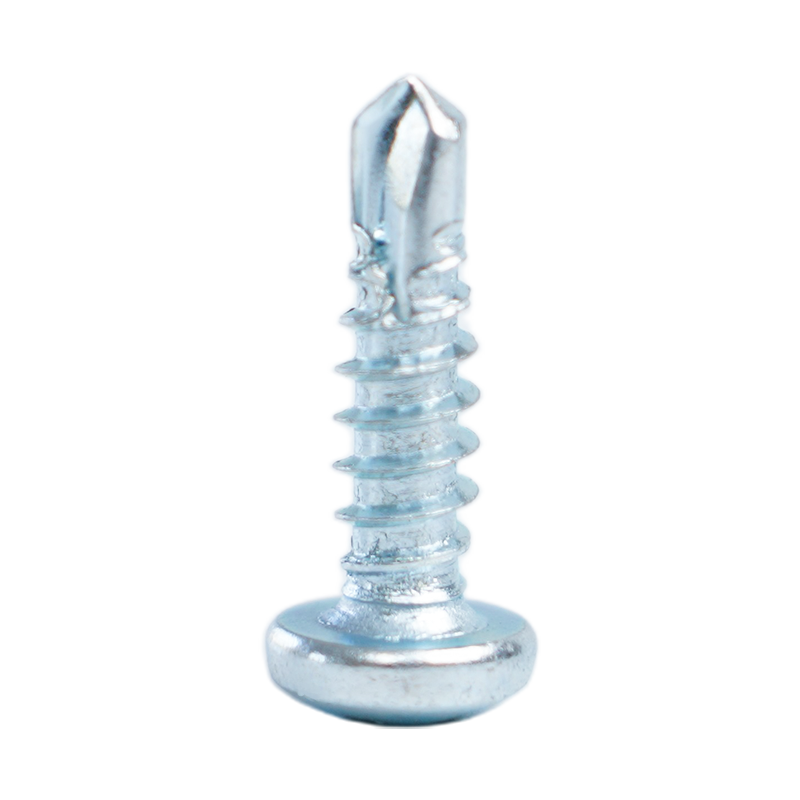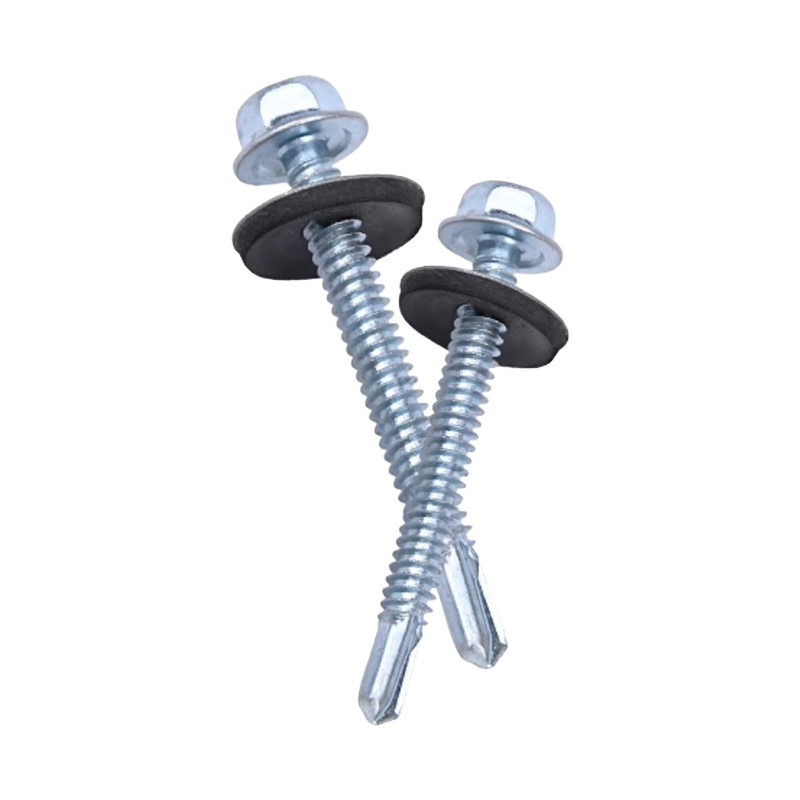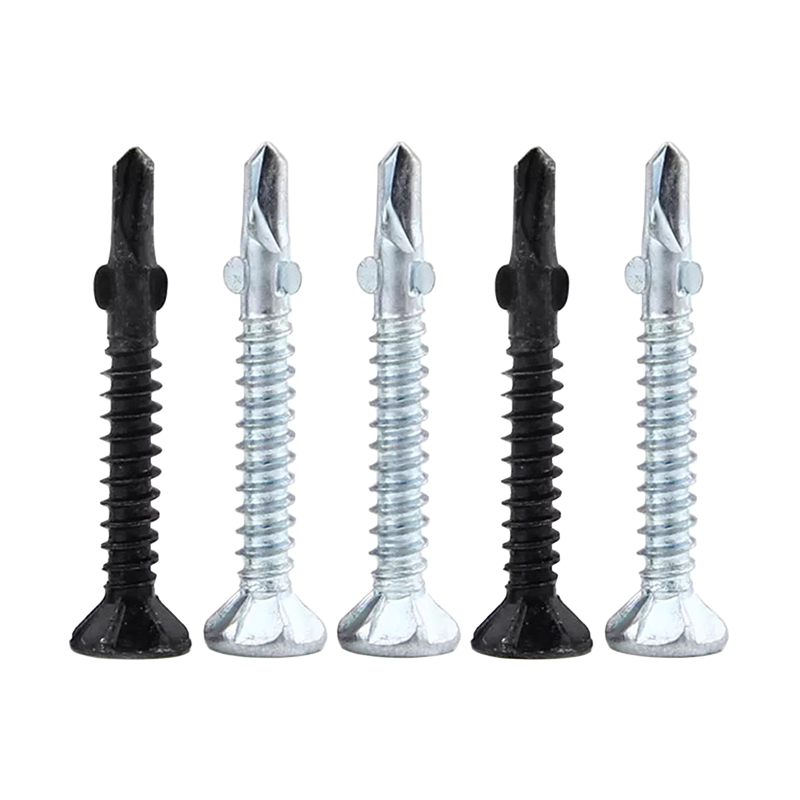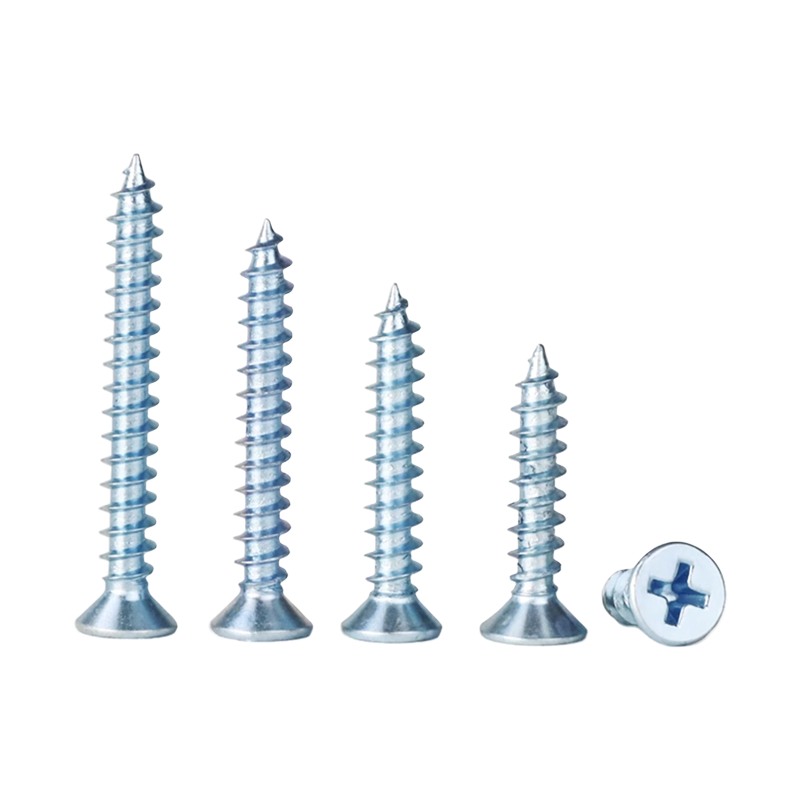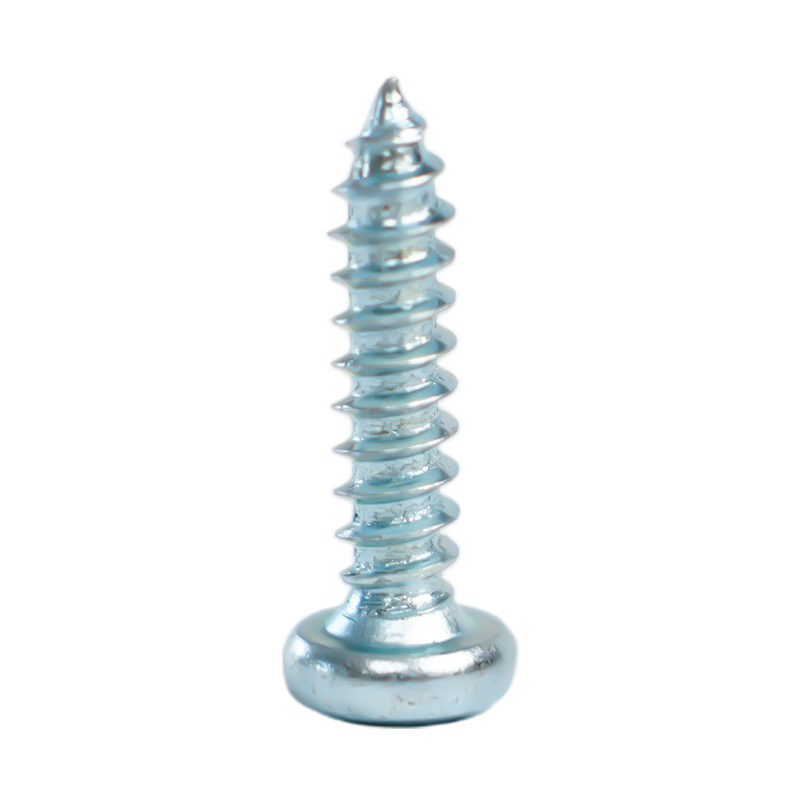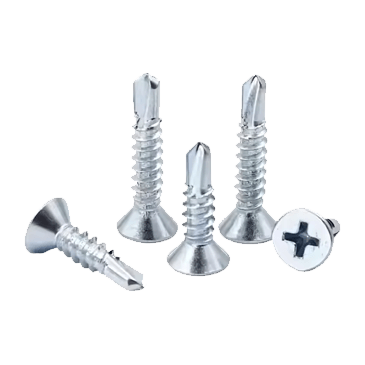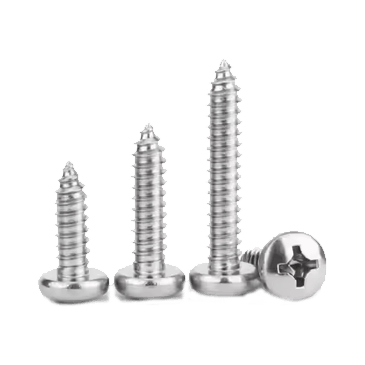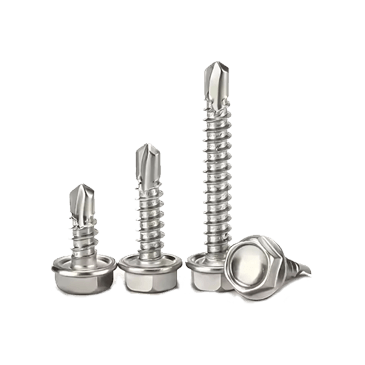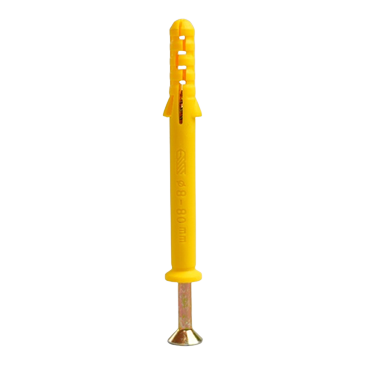The core mechanism of the roller
The core function of the Window Roller is to convert the sliding friction between the doors and windows and the track into rolling friction, thereby greatly reducing the resistance when the doors and windows move. Compared with sliding friction, the friction coefficient of rolling friction can be reduced to a few tenths of the original or even lower. This change in physical properties significantly reduces the force required to open and close doors and windows, making it easy to operate both lightweight screens and heavy glass sliding doors.
Sliding performance of rollers of different materials
The material of the roller has a profound impact on its sliding performance. Plastic rollers are light in texture and have low initial sliding resistance. They are suitable for use on lightweight doors and windows, allowing users to experience a smoother operating experience. However, the hardness of plastic materials is low, and the surface is easy to wear after long-term use, resulting in a decrease in sliding performance. Nylon rollers stand out with their good self-lubrication. The lubrication properties of their molecular structure can maintain smooth sliding without the need to add additional lubricants during the sliding process. They are also more wear-resistant than plastic rollers and have a longer service life.
Among metal rollers, aluminum alloy rollers perform well on large doors and windows due to their high strength and moderate weight. The specially treated aluminum alloy rollers have a smooth surface, which can effectively reduce friction when in contact with the track, ensuring smooth opening and closing of doors and windows. Stainless steel rollers are known for their ultra-high hardness and wear resistance. Even under frequent use and harsh environments, they can still maintain stable sliding performance and are suitable for places with extremely high reliability requirements.
The impact of structural design on sliding
The structural design of the roller is also the key to achieving smooth sliding. High-quality rollers usually use precision bearings. The balls or needles of the bearings roll between the inner and outer rings, further converting the sliding friction between the roller and the shaft into rolling friction, greatly reducing internal resistance. At the same time, the shape of the roller body is also carefully designed. The common V-shaped and U-shaped wheel grooves have a higher fit with the track, which can effectively guide the doors and windows to slide smoothly in a given direction to avoid offset or jamming.
Improved experience in actual application scenarios
In the home scenario, the screens in the bedroom use lightweight plastic rollers. With just a gentle push, the screens can be opened smoothly for ventilation. If the glass sliding door on the balcony is installed with high-performance stainless steel rollers, even if the door is heavy, family members can easily push it and enjoy the outdoor scenery and fresh air. In the office, the large partition doors in the conference room use aluminum alloy rollers, so that employees can flexibly adjust the space layout without any effort, which facilitates the smooth progress of the meeting.
Compared with traditional roller-free doors and windows, roller-based doors and windows have obvious advantages. Traditional doors and windows are in direct contact with the track, with high friction, and require a lot of effort to open. It is easy to cause wear on the corners of doors and windows, and it is difficult to open and close or even stuck. The door and window rollers reduce friction, making it easy to open and close doors and windows, greatly improving the convenience and comfort of use.
The friction-reducing effect of rollers from the principle of friction
In the door and window system, friction is a key factor affecting the service life of doors and windows. Door and window rollers fundamentally reduce friction loss by converting sliding friction into rolling friction. The heat generated by rolling friction is much lower than that of sliding friction, which avoids material deformation and performance degradation caused by frictional heat. At the same time, the contact area between the roller and the track is relatively small, and the contact part changes continuously during the rolling process, making the wear distribution more uniform and effectively slowing down the wear rate of the components.
The influence of materials and processes on service life
The material and manufacturing process of the roller directly determine its service life. Although plastic rollers are low in cost, they are prone to lose their original performance due to wear and aging during long-term use. Nylon rollers can maintain a stable working state for a long time under normal conditions due to their good wear resistance and chemical resistance. Among metal rollers, aluminum alloy rollers are subjected to surface treatment processes such as anodizing and electrophoretic coating to enhance their corrosion resistance and wear resistance; stainless steel rollers can still maintain good performance in complex environments due to their inherent high strength and corrosion resistance, and their service life far exceeds that of rollers made of other materials.
In terms of manufacturing technology, precise mold processing and high-precision assembly technology can ensure that the matching clearance between the various parts of the roller is just right. If the gap is too large, the roller is easy to shake, resulting in increased wear; if the gap is too small, it will increase internal friction. Only through precise manufacturing technology can the roller be kept in the best condition during operation and its service life be extended.
Protective effect on doors, windows and tracks
The existence of door and window rollers effectively protects doors, windows and tracks. During the frequent opening and closing of doors and windows, if there is no roller, the door and window frames will directly rub against the tracks, which will gradually wear out the edges and corners of the door and window frames, not only affecting the appearance, but also reducing the sealing and stability of the doors and windows. After installing the roller, the weight and pressure of the doors and windows are evenly distributed to the track through the roller, reducing local pressure and wear, so that the door and window frames can maintain a good condition for a long time.
For the track, the sliding of traditional roller-free doors and windows will cause grooves and scratches on the track surface. Over time, these damages will become more and more serious, eventually leading to poor opening and closing of doors and windows or even derailment. The rolling contact between the door and window roller and the track greatly reduces the friction and wear of the track, so that the track can remain flat and smooth, ensuring that the doors and windows always run stably along the track, and extending the service life of the track.
Roller's own durability guarantee
High-quality door and window rollers are designed and manufactured with full consideration of their own durability. The wheel body of the roller is made of high-strength material, which can withstand greater pressure and impact; the bearing part uses high-precision balls or needles, combined with high-quality lubricating oil, which can reduce internal friction and wear. At the same time, the roller's shaft core is usually made of high-strength metal, which has good bending and fracture resistance, ensuring that the roller will not deform or break during long-term use.
In addition, some high-end rollers also have a self-adjusting function. When the roller is slightly worn or the parts are loose, the gap can be automatically adjusted to maintain a good working condition. This design further extends the service life of the roller, reduces the frequency of maintenance and replacement, and saves costs for users.
Comprehensive benefits of noise reduction
The reduction in friction not only extends the service life of doors, windows and rollers, but also brings the additional benefit of noise reduction. In door and window systems without rollers or with poor roller quality, harsh friction sounds are generated when doors and windows are opened and closed. This noise is particularly noticeable in a quiet environment, seriously affecting people's lives and work. High-quality door and window rollers reduce friction, making doors and windows almost noiseless during opening and closing, creating a quiet and comfortable environment for people. At the same time, the quiet door and window experience also reflects the good operating status of the rollers and door and window systems from the side, which means that the wear between the components is small and the service life is extended.
From residential to commercial buildings, from daily home life to large public spaces, door and window rollers are silently playing an important role. It improves people's experience by achieving smooth sliding of doors and windows; and by reducing friction, it extends the service life of doors, windows, tracks and itself in all directions. With the continuous advancement of science and technology, the materials, design and manufacturing processes of door and window rollers will continue to be optimized, and in the future, it will surely bring people a better, more efficient and durable door and window experience, and contribute more to the quality improvement of building space.

 +86-15052135118
+86-15052135118 

 Español
Español
 Get In Touch
Get In Touch


